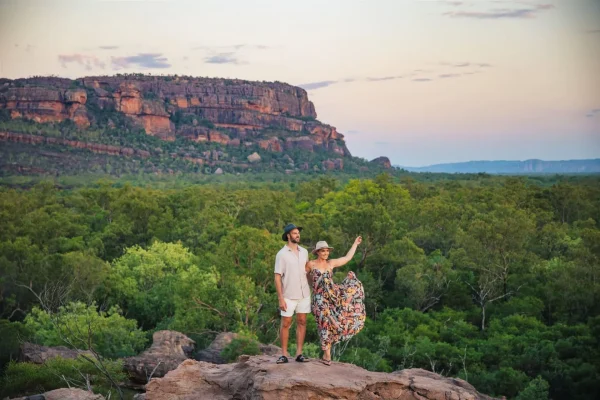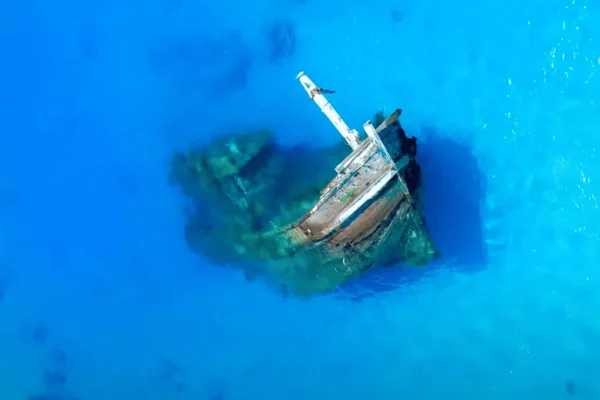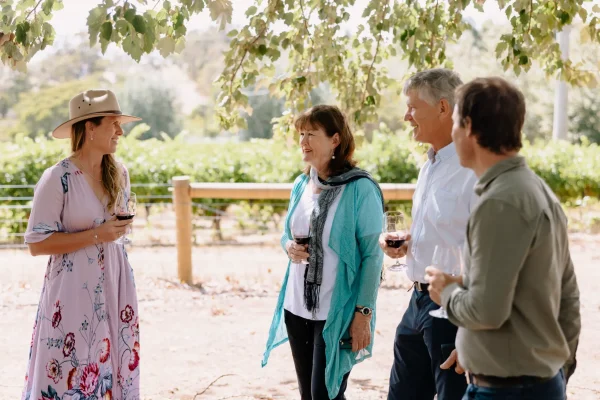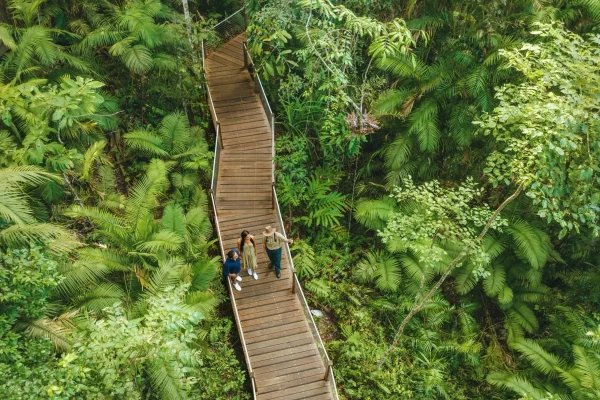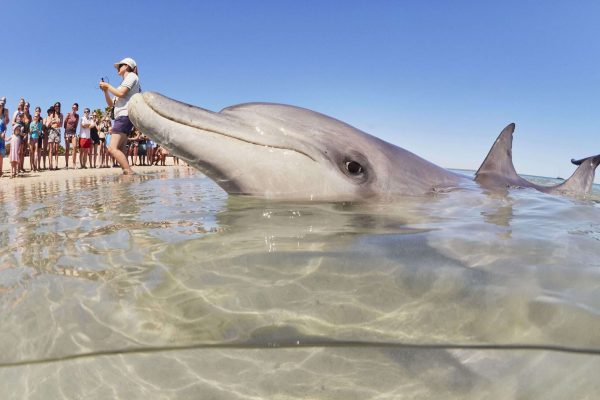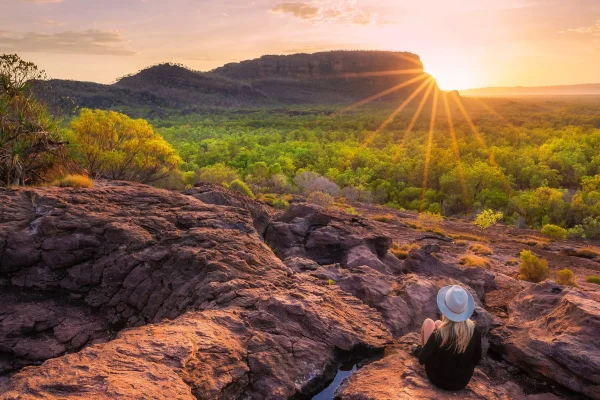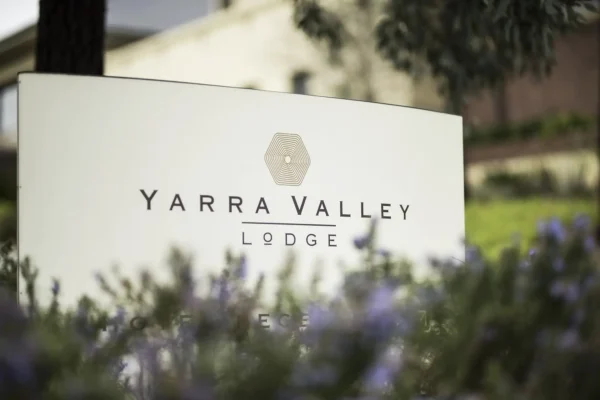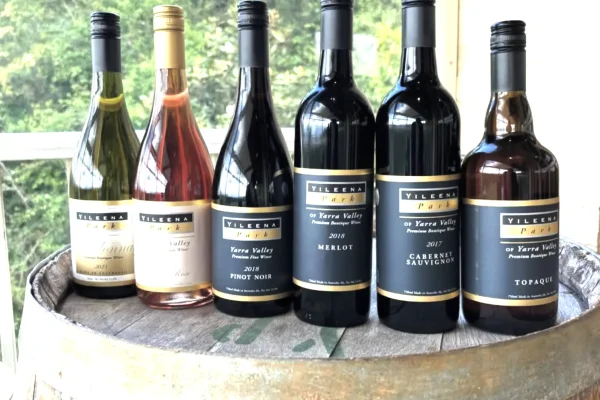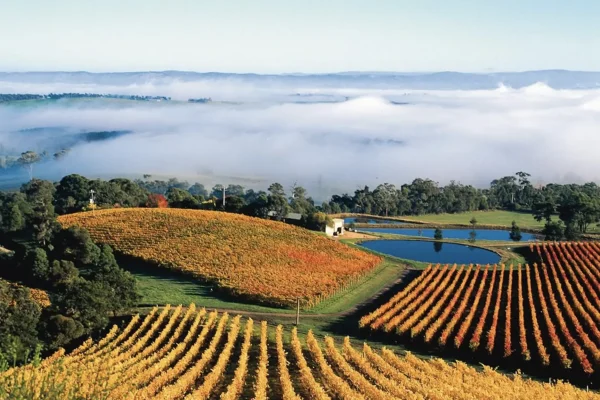From hiking trails to rock formations, there are endless opportunities for outdoor enthusiasts at Pinnacles National Park. Check out our guide to things to do in Pinnacles. Situated at the southern entrance to Australia’s Coral Coast, along the Indian Ocean, the Pinnacles Desert of Nambung National Park is one of the region’s top natural attractions. The park is about 200 km, or 2 hours drive, north of Perth. It covers an area of 17,487 hectares, providing a natural habitat for a wide range of native wildlife.
Nambung National Park Wilderness Guide
Looking for adventure and spectacular views not to be missed? Then pack your bags. Suppose you’re only planning one summer trip; head to the Coral Coast to the Pinnacles tour, Western Australia’s most breathtaking natural attraction. It’s a bucket list moment. Located just south of the beautiful fishing town of Cervantes and two hours north of Perth, the Pinnacles Desert in Nambung National Park is one of the country’s most popular tourist destinations and an ideal spot for couples, friends, families or solo travelers. Whether looking for a thrill or a scenic getaway, Pinnacles has something special for everyone. It all starts with a beautiful drive along the turquoise coastline, overlooking crystal clear waters, white dunes, and (if you look hard enough) even wildlife.
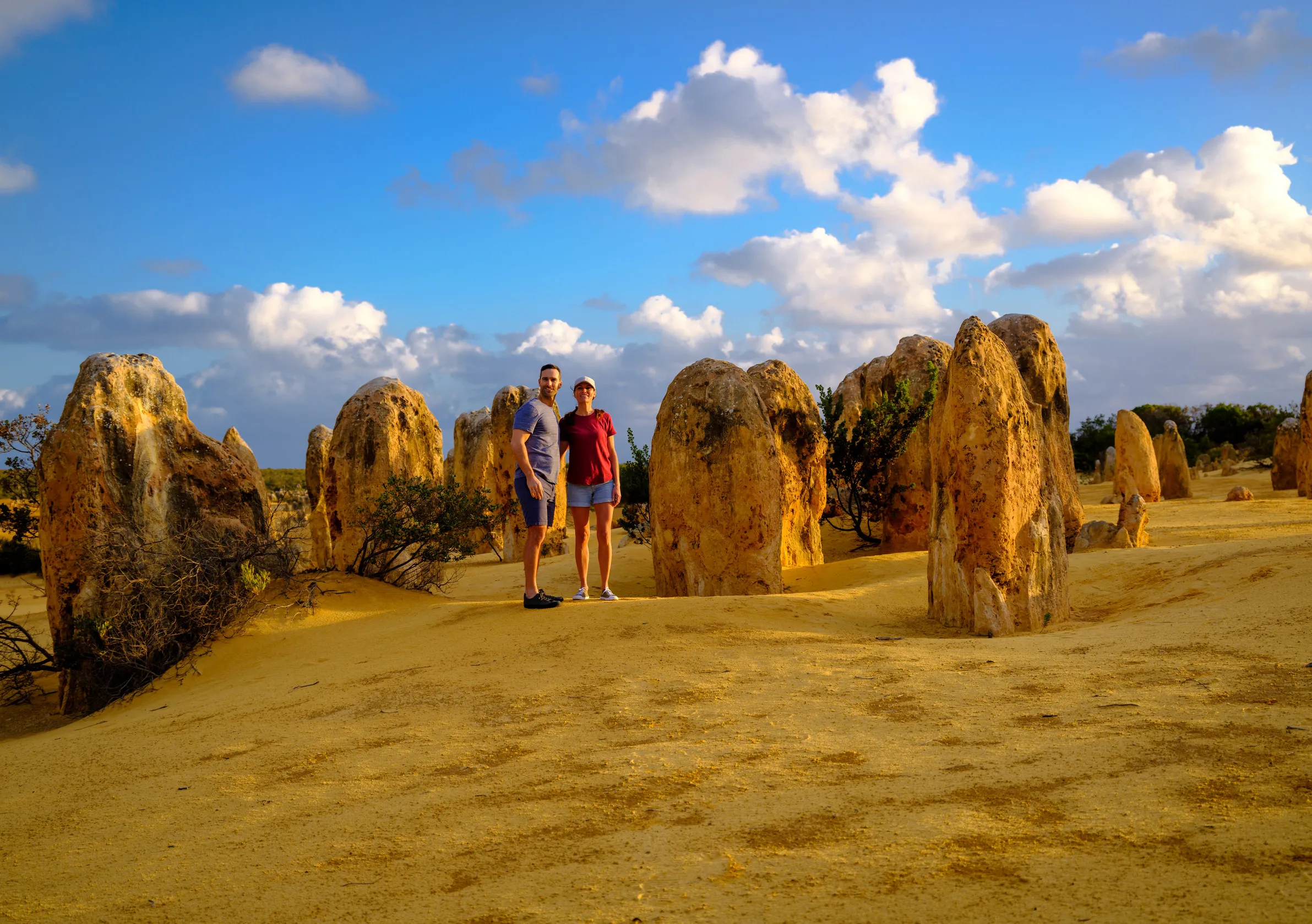
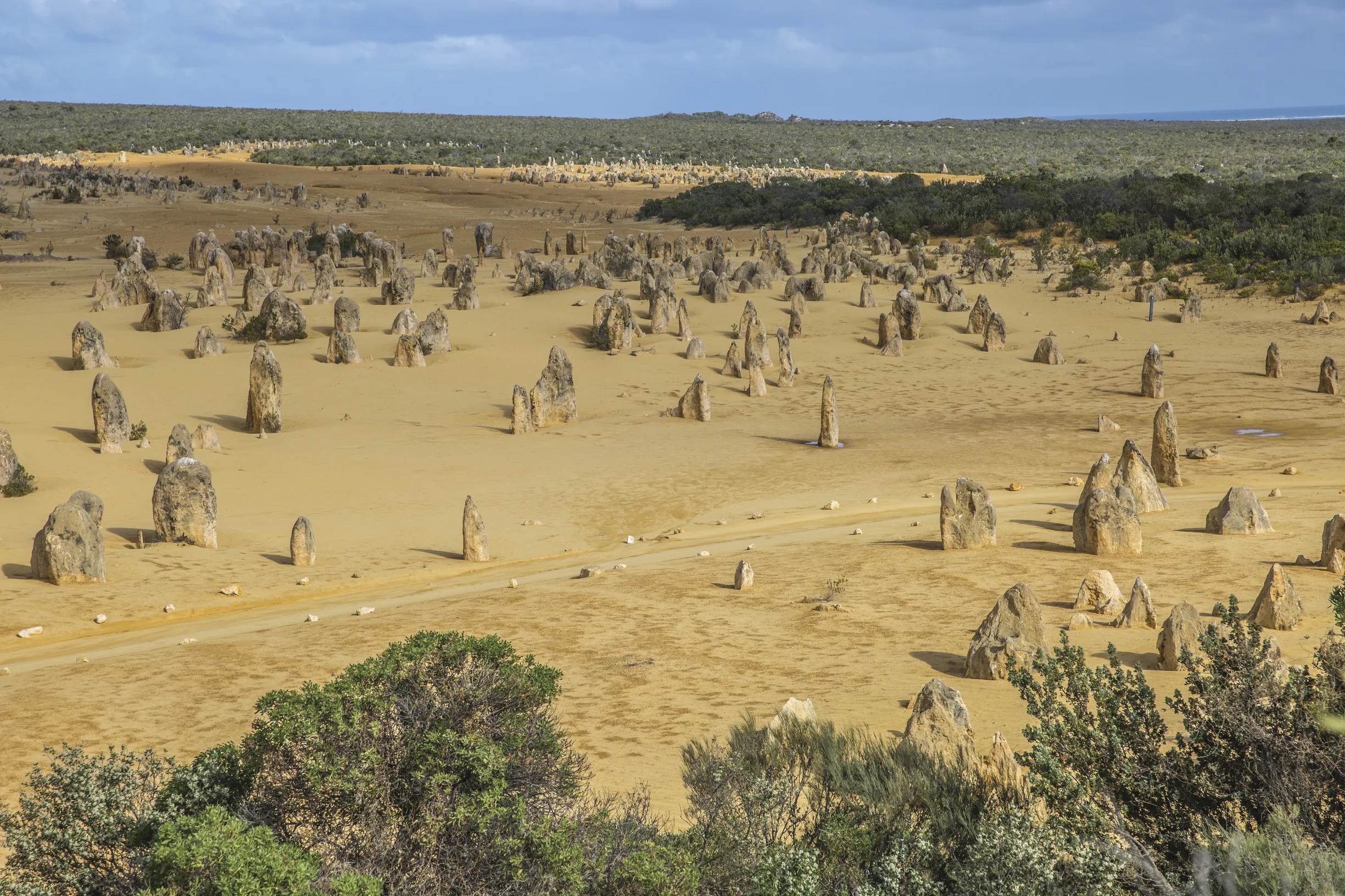
Nambung National Park
Nambung National Park takes its name from the Australian word for “meandering”, which refers to the river that flows into the park but disappears underground into a cave in the limestone. The Nyong’ar custodians of this coastal town have depended on fresh water from the caves for hundreds of years. It was only in 1994 that Nambung was established as a park, uniting three separate nature reserves: the central area, which includes the beaches of Kangaroo Point and Hanger Bay, the coastal dunes and flowering plants in the low marshlands, and the Pinnacle Ridge mountain range. The park covers over 17,000 acres (over 170 km²), with numerous hiking trails, lookouts, caves and gorges.
What you can expect to see
Nambung Park is home to a wide variety of wildlife, including birds, mammals, reptiles and fish native to Australia. The most common are Kangaroos, emus, dingoes, black cockatoos, bobtails, sand goannas, and yellow-faced whip snakes, but hundreds of different species exist. Humpback whales also frequent the waters of the Indian Ocean adjacent to the park during their northern and southern migration seasons, and sea lions and dolphins can be seen throughout the year. Even flower lovers have something to look forward to, as there is an extensive display of epic wildflowers such as coastal wattle, acorn bankia, calla lily orchid and sea nymph, to name but a few.
Explore the peaks in a day
Exploring the Pinnacles in Western Australia is a surreal adventure, whether on foot or by car. Both options are plentiful – depending on what you prefer. We recommend trying both if you stay in the area and want to explore at different times.
The Pinnacles
Pinnacles is the most popular of the three districts in Nambung National Park. Covering 190 hectares, they welcome more than 250,000 visitors worldwide each year to discover their spectacular atmosphere and history. The Pinnacles comprise thousands of eroded limestone pillars that stand out against the flat desert, varying in size and height, some as high as 4 metres. These unique jagged rock formations – the desert’s “ancient guardians” – are incredibly bizarre, making the Pinnacles one of the most picturesque and mysterious places in West Africa.
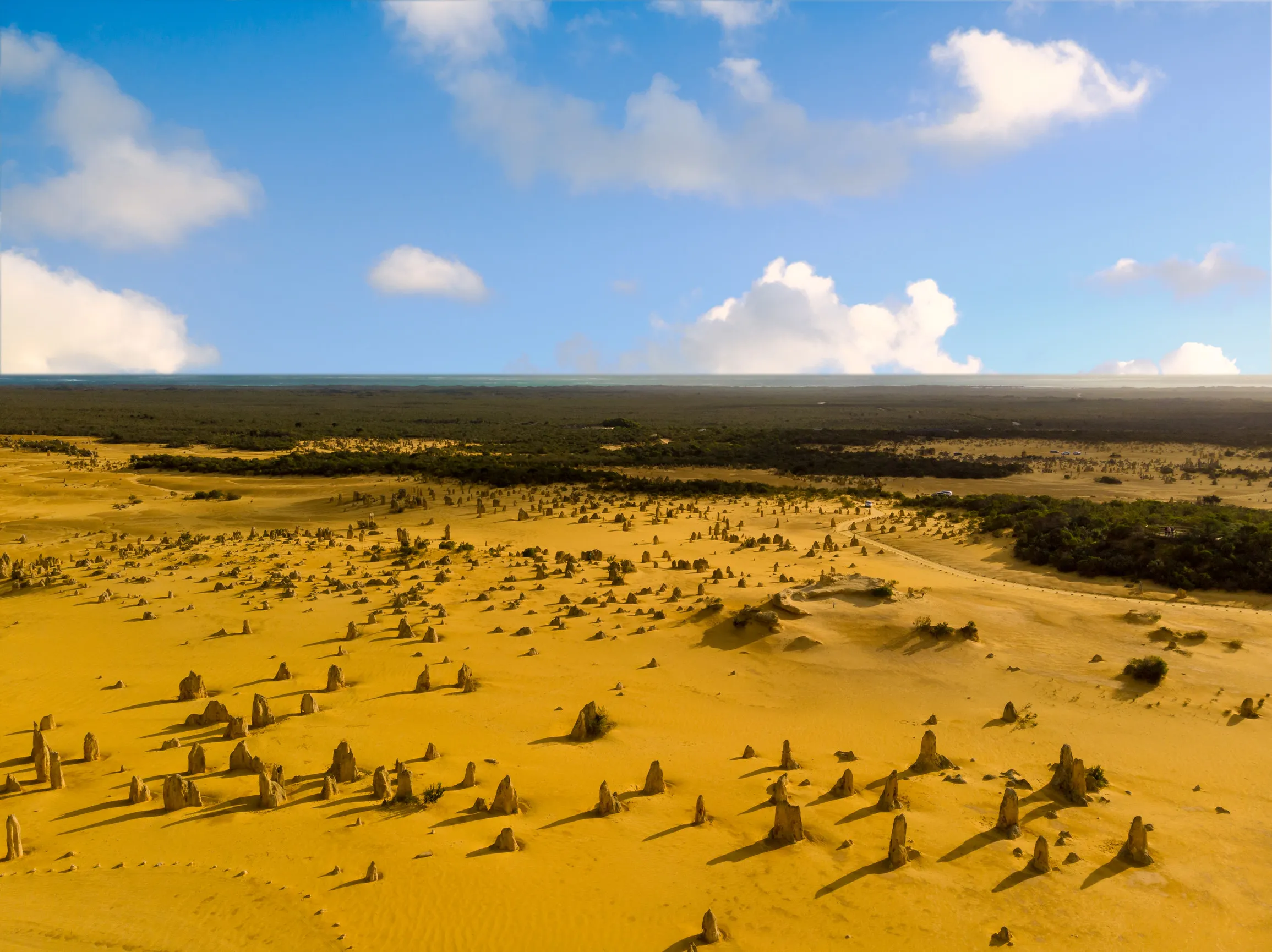
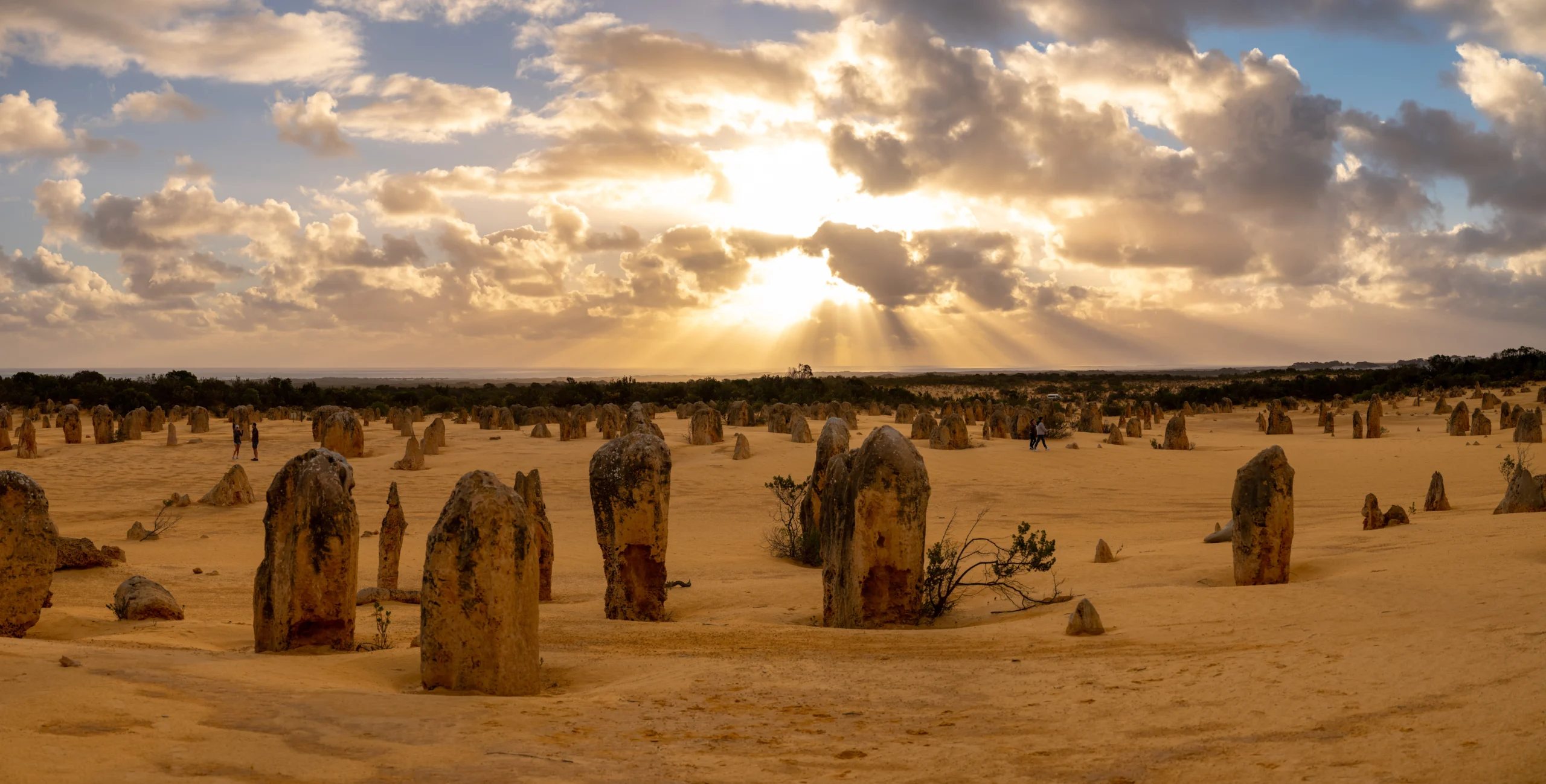
The Mystery of the Pinnacles
These formations are believed to be over 30,000 years old and composed of natural limestone that formed after the sea receded, leaving behind broken shells and coral deposits. Over time, coastal winds have eroded the surrounding dunes and exposed them to the elements, creating impressive weathered shapes. This is the most common theory of pinnacles, but how and when they were formed remains a mystery. Another theory is that they were initially dumps or tree roots that hardened under the influence of calcium in the sand and became covered with limestone. Others attribute these formations to the rise of sea level, which left behind a network of caves that eventually collapsed, leaving behind these unique formations. Whatever the origin of these unusual shapes, the pinnacle is an unforgettable, unique sight to add to your tourist itinerary.
Hiking and driving trails
The 2km hiking trail through the Pinnacles Desert starts and ends at the Discovery Centre and should ideally take half an hour – but most people spend 1-2 hours taking in the views and stunning scenery. The road trip is a 4.5 km loop suitable for most cars (remember that the road is narrow and uneven with chalky gravel). If you are afraid of missing something interesting, there are many marked parking areas where you can stop and get out of your car to enjoy the panoramic views and sounds at your own pace. An observation deck in the middle of the loop is ideal for admiring the blue Indian Ocean and the white dunes along the coast. If you plan to visit Pinnacles during the day, it is best to leave early to avoid the crowds, group visits and afternoon sun. The Pinnacles Desert Discovery Centre is open from 9:30 am to 4:30 pm. It’s a great place to learn about the history of these unique rock formations, with exhibitions, videos and sound recordings to help demonstrate this. Guided tours can also be booked here, including guided walks through different parts of Nambung National Park. This park is ideal for families travelling with children who want to engage in educational adventures or for travellers who prefer to relax in the quiet of nature. Don’t forget to take many photos: the peaks look different from every angle, and it’s straightforward to spot wildlife.
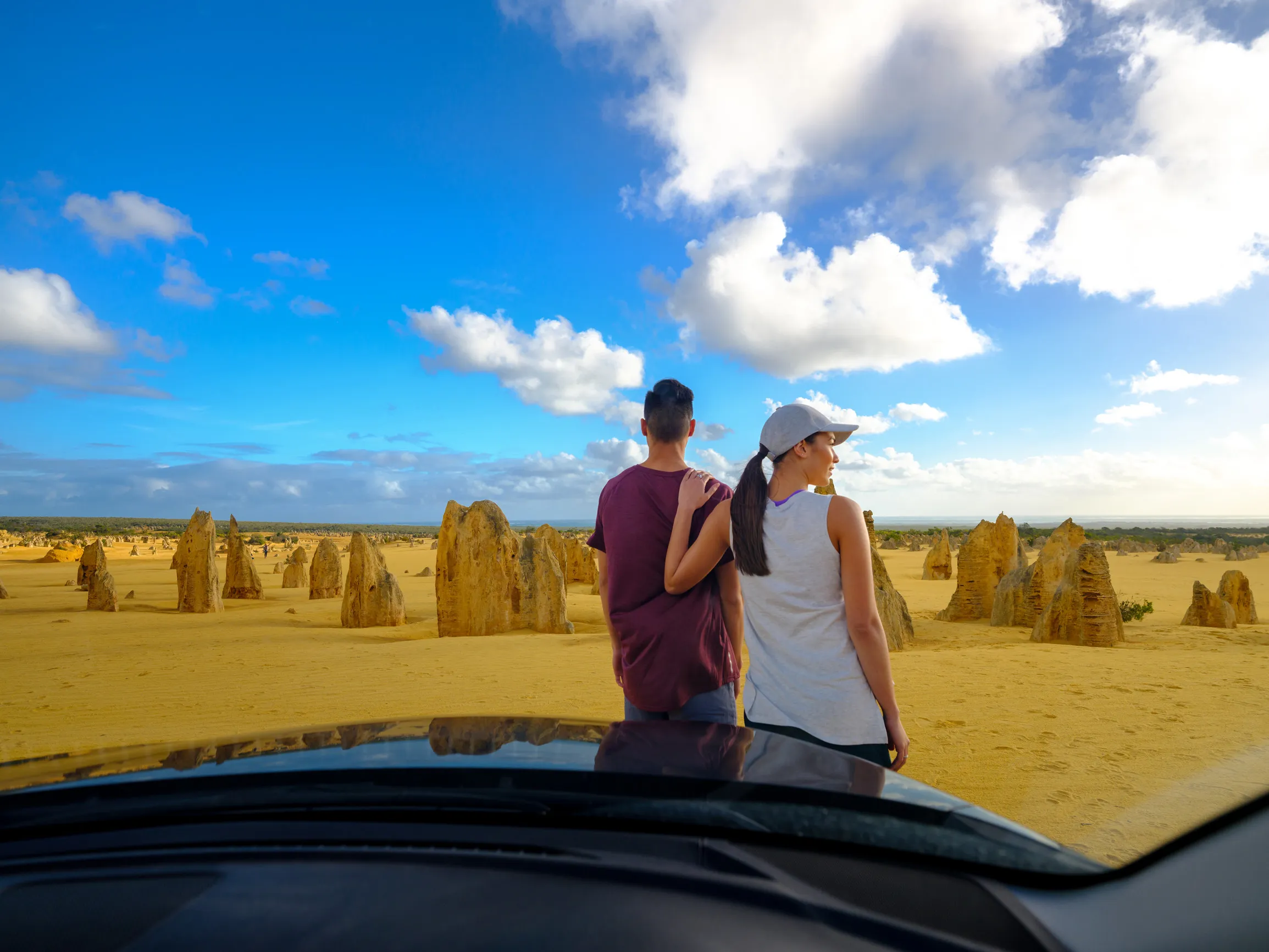
Stay overnight at Cervantes Lodge
What better way to end your trip to Western Australia than at Cervantes Lodge? At Cervantes Lodge, of course. After a day of exploring, there’s nothing better than relaxing in a place that feels like a home away from home. Cervantes Lodge is close to Pinnacles – just a 20-minute drive away – and is home to beautiful beaches with beautiful coastal scenery where you can enjoy the sunrise before hitting the road again. Cervantes Lodge (formerly known as Lobster Lodge) has been recently renovated in a bohemian chic style, with plenty of natural light and a clean, welcoming interior that will suit all travelers. It has been specially designed and built with all budgets in mind, from solo travelers to family holidays. It has private balconies overlooking the ocean and the tranquil forest on the beach dunes. Whether visiting from far away or a local looking for a new adventure, visiting Pinnacles should be added to your bucket list. Don’t forget to bring your camera and sense of adventure. Even at first glance, Pinnacles is an extraordinary sight that you won’t soon forget.
What else to do in Nambung National Park
If you’re feeling adventurous, Lake Thetis is home to spectacular thrombolites and the clear waters of Hangover Bay, which are ideal for swimming and snorkelling.
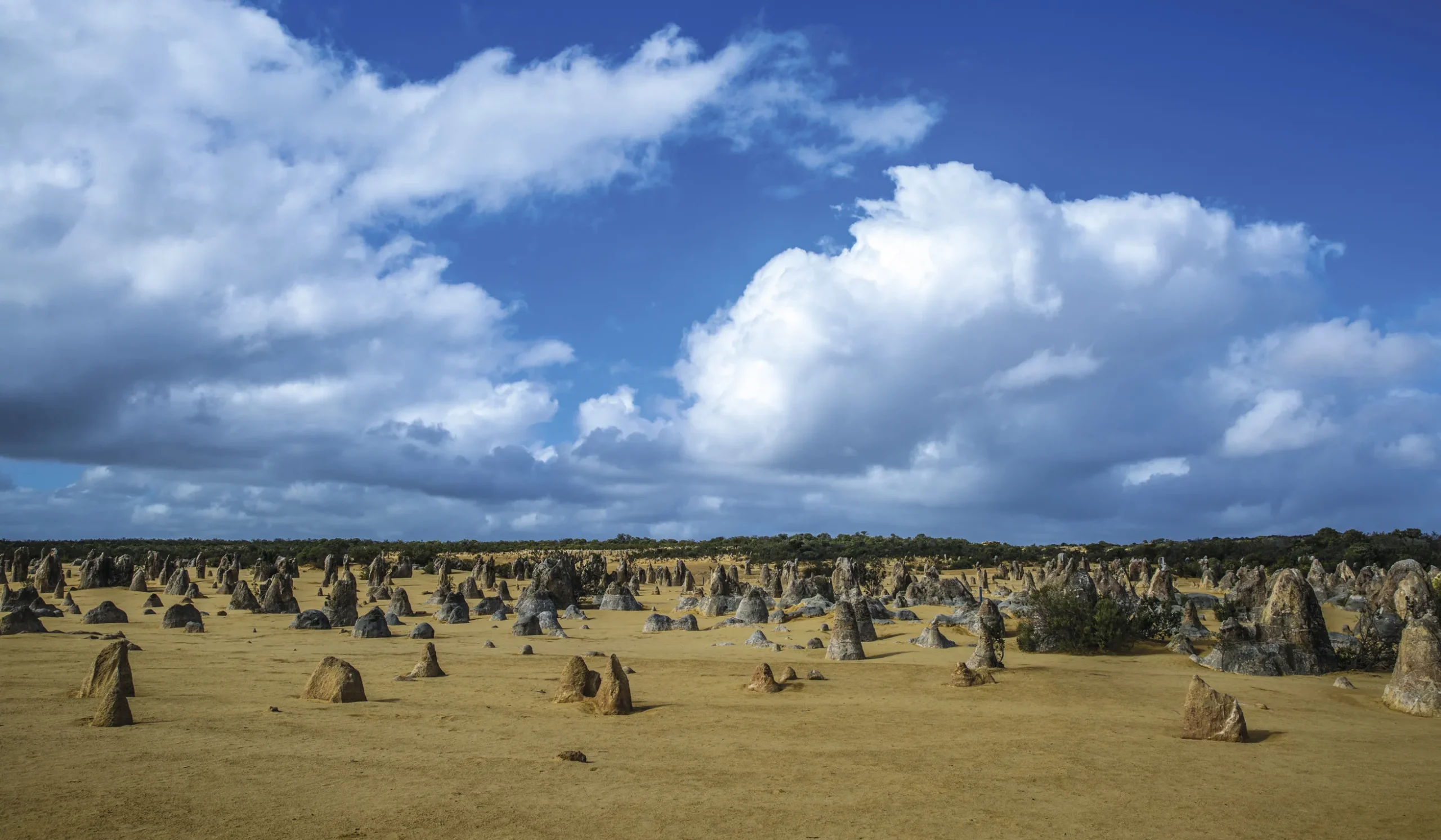
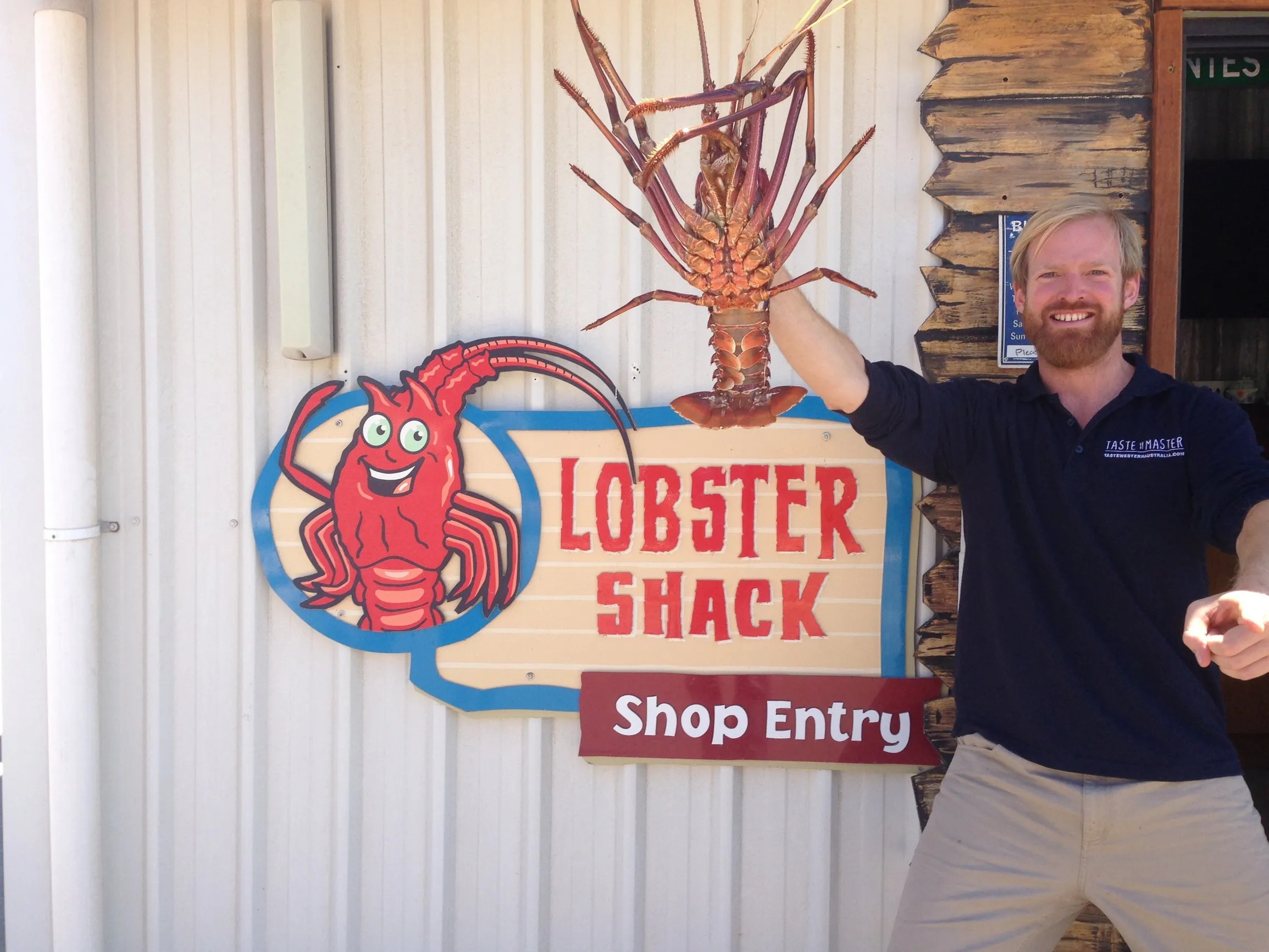
Lunch at the Lobster Shack
Once you’re in Cervantes, it would be a shame not to stop by the Lobster Shack, a local favourite restaurant. On the terrace, “It’s a great stop for lunch and enjoying the freshest seafood and handcrafted cocktails in the fresh air.” It serves a fantastic range of locally caught fish, from the famous Western Rock Lobster to freshly shucked oysters and everything in between. Kids’ter Shack is also child- and dog-friendly, allowing you to enjoy your oceanfront meal with your furry companions while younger children have fun in the play area.
Lobster Shack offers an incredibly informative and fun factory tour if you have time. Get up close and personal with two tonnes of western lobsters and watch them go from pot to table. This multi-million dollar industry is vital to the Washington state economy and is a must-see. Discover the secrets of lobster harvesting, from the initial catch to transportation, and learn how these lobsters are packaged alive for export worldwide. The factory tours are fully self-guided, with multilingual audio-visual visitor guides in at least eight languages, and can be taken at your own pace. After the tour, we encourage you to stop by the gift shop to purchase a freshly prepared Western Rock Lobster on the go.
Discover the Pinnacles at night
Planning to spend the night? While the Pinnacles Desert is known for its unique daytime beauty, the best time to visit is sunset. If you’ve ever seen the Milky Way with your own eyes, the Pinnacles is a great place to watch the stars in the Cervantes.
It’s quiet, a little more peaceful, and the perfect time and place for epic photos. Bring your telescope and a blanket for a picnic lunch and find solace in the secluded surroundings. Of course, stargazing can be quite a long experience, so it’s a good idea to book accommodation nearby for the night. Luckily, Cervantes Lodge is just a short walk away
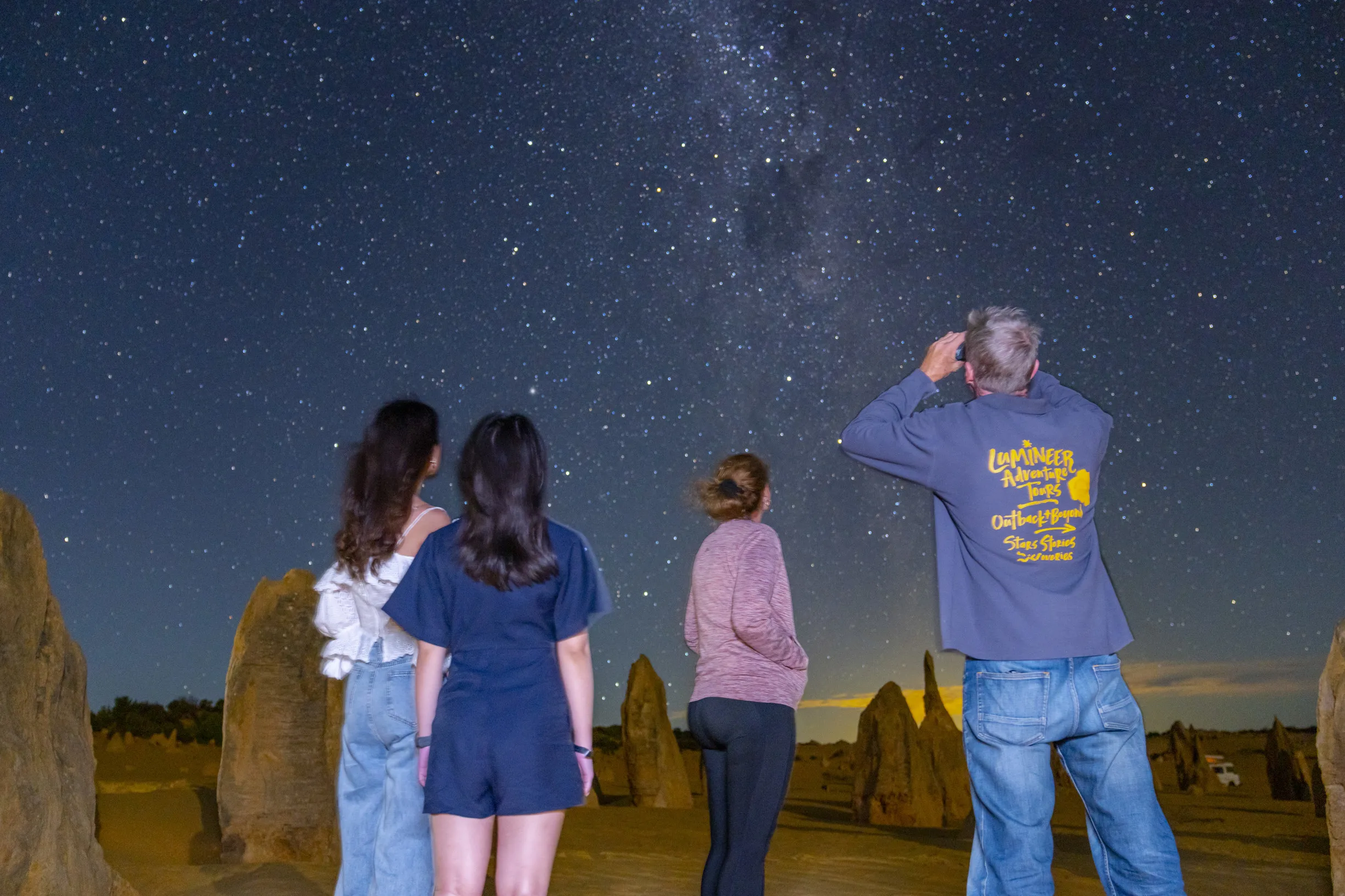
FAQ
What are the Pinnacles?
How long should I spend there?
Can I visit without a tour?
Yes, the Pinnacles are accessible to standard vehicles, and the roads are easy to navigate. You can follow the self-guided driving loop or walking track. However, guided tours provide local history, wildlife spotting, and photography tips.
What else is nearby?
The coastal town of Cervantes offers fresh seafood dining and sandy beaches. Lake Thetis, home to ancient thrombolites, is only a short drive away. Hangover Bay is perfect for a quick swim or picnic by the ocean.

